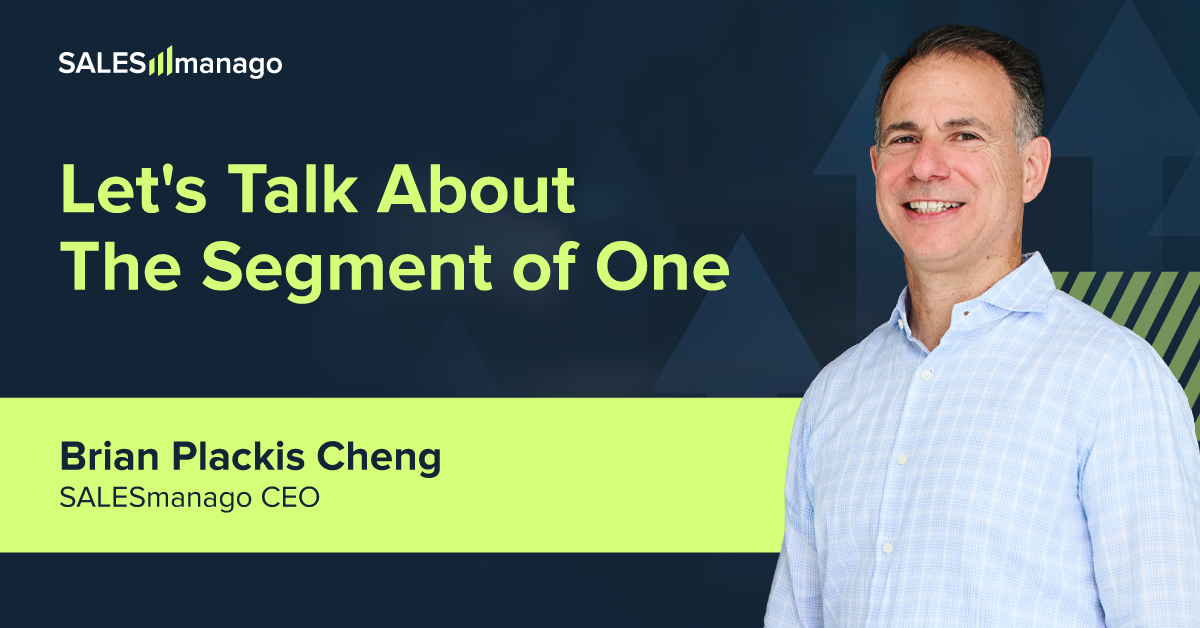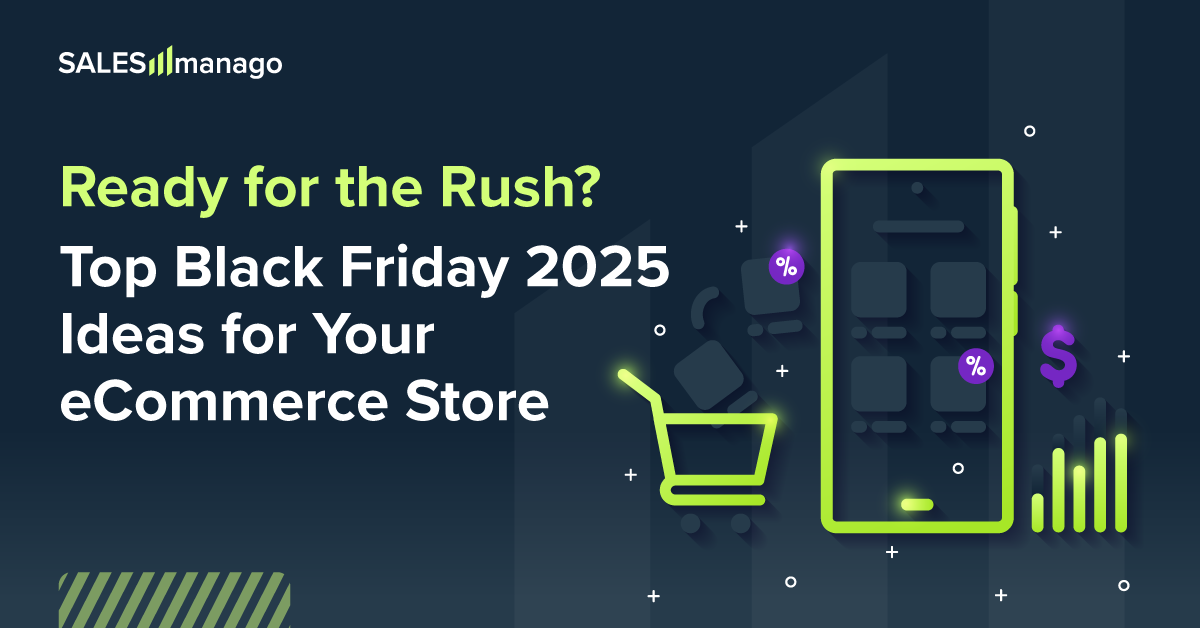.png)
Segmentation in marketing is a fundamental process that underpins how a brand communicates with each category of its target audience. It contributes to a personalised shopping experience and allows for tailored messaging based on individual characteristics and the user’s stage in the marketing funnel.
In this article, we’ll explore the main types of segmentation, the benefits of applying advanced digital tools to segment your audience, and the most effective strategies for collecting, analysing, and dividing your target public into relevant groups.
What is Segmentation in Marketing?
In simple terms, segmentation in marketing is the process of dividing your target audience into smaller, more homogenous groups. It is based on identifying specific characteristics, common demographic data, similar interests or online behaviours.
From this perspective, companies can personalise their campaigns, marketing messages, or content and tailor them to each segment in a way that resonates more effectively and achieves their goals – whether that’s raising awareness, shifting attitudes, or encouraging buying behaviour.
The better defined and more coherent your audience segments are, the closer your campaign execution and results will be to your overall marketing objectives. You’ll benefit from a stronger ROI when your segmentation is based on well-structured criteria and supported by advanced data collection and analysis tools.
Types of Market Segmentation
To communicate effectively with your audience and convert visits into loyal customers, businesses need to understand who they’re talking to. That’s where segmentation comes in—the process of dividing an audience into distinct groups based on shared characteristics. Here are the most commonly used segmentation types and how they can be applied in practice:
1. Demographic Segmentation
This is the simplest and most widely used form of segmentation. It divides your audience by age, gender, income, education level, and occupation.
For example, a cosmetics brand might run different campaigns for men and women, using tailored messages and products. It could also launch special lines for teenagers, people over 40, or high-income customers looking for premium products.
2. Geographic Segmentation
This considers where your audience is located: by country, region, city, or even climate.
It’s especially useful when consumer behaviour varies by area. For instance, a brand might promote winter jackets in colder regions while advertising swimwear in warmer areas, targeting each audience based on local needs and preferences.
3. Psychographic Segmentation
This goes deeper, looking at who the customer is in terms of lifestyle, values, interests, and personality traits.
It’s ideal for brands looking to create an emotional connection with their audience. A company selling eco-friendly products, for example, will appeal to sustainability-conscious consumers by crafting messages that reflect their values and interests.
4. Behavioural Segmentation
This is based on what the customer does – both online and offline – such as buying behaviour, frequency, brand loyalty, or the benefits they seek when purchasing.
Take a real estate agency, for example. It might segment its audience into two groups: renters and buyers. Renting tends to involve quicker, more frequent decisions, while buying is a longer, more complex process. Each group requires tailored content that directly meets their needs.
5. Firmographic Segmentation (B2B)
For businesses targeting other businesses, segmentation by industry, company size, business model, or revenue is key. This type of segmentation helps create relevant B2B offers that match each partner’s specific profile.
6. Modern and Advanced Behavioural Segmentation
Based on sales funnel position: A new lead just discovering your product needs introductory information, while a lead close to purchasing wants detailed comparisons and persuasive calls-to-action.
Based on past interactions with the brand: Audiences that regularly engage with your brand (on social media, via email, etc.) deserve a different message than those who haven’t interacted in a while. The type of interaction also matters – some may prefer Facebook posts, others newsletters.
Based on device usage: Campaigns can be tailored for mobile users – for instance, offering app-exclusive deals or targeting users who frequently browse on their phones.
Segmenting your audience with precision allows your marketing efforts to speak directly to the right people, at the right time, with the right message—and that’s the foundation for increased conversions, customer retention, and long-term brand loyalty.
Why Segmentation Matters?
In short: segmentation in marketing means not trying to sell “to everyone”, but speaking directly to those who actually need what you offer. And this comes with a host of benefits:
More effective campaigns
When you know who you're targeting, you know what to say. Messages become clearer, more relevant, and more persuasive. The result? Marketing campaigns with real impact.
Better customer experience
People respond better when they feel understood. If you speak their language and solve their problems, they’ll enjoy the experience of your product or service far more.
Stronger loyalty
A customer who feels seen and valued will return. Personalised communication and offers help build an emotional connection with your brand.
Better products and services
When you truly understand what your customers want, you can adjust your product or service to fit their needs perfectly.
Higher conversion rates
Personalised promotion – tailored to the real needs and desires of each segment – increases the chances that a casual visitor becomes a paying customer.
Steps to Create a Segmentation Strategy
Effective segmentation isn’t based on guesswork or gut feeling. While experience in marketing and sales can fine-tune your instinct, building a strategy that actually works requires clear, well-thought-out steps. Here’s how you can create a segmentation strategy that truly delivers:
1. Define your market
Before you begin segmenting, you need to understand the market you’re in. Who are the key players? What do customers need? How does your product or service meet those needs? Initial research and a big-picture view of your industry will guide you here.
2. Collect and analyse relevant data
Without data, everything stays at the level of assumptions. Use surveys, interviews, focus groups, or behavioural analysis (e.g., how users interact with your site, what they buy, what they abandon). The more real information you have, the better your decisions will be.
3. Identify meaningful segments
Not every difference between people equals a valid segment. The goal is to find groups of customers with shared characteristics and needs that are relevant to your product. For instance, two people may be the same age but have completely different buying motivations.
4. Create customer personas
Bring your segments to life! Build clear profiles for each one: what they want, what drives them, what frustrates them, how they make decisions. It’s much easier to communicate effectively when you can clearly "see" who you’re speaking to.
5. Build marketing strategies for each segment
Each segment deserves its own message. Choose the right channels (email, social media, ads, etc.), adjust tone and offers, test variations (e.g., A/B testing), and see what resonates best.
6. Monitor and adjust continuously
Markets shift, and customers change their habits. Track the performance of your campaigns, learn from the results, and refine your segmentation and messaging when needed.
Conclusion
Segmentation in marketing is the key to creating campaigns that truly reach the people who need what you offer. By breaking your audience down into smaller, more relevant groups, you can deliver personalised messages that align with their needs and desires.
This not only increases your chances of sales success, but also enhances the customer experience – making people feel understood and valued.
With the help of segmentation, you can build stronger relationships with your customers and run far more effective campaigns. At its core, segmentation helps you speak the language of those who matter most to your business!
Latest posts

The End of the Segment: Your Next Big Competitor is the “Segment of One”
For any marketer who has built a career over the past two decades, the customer segment has been our most trusted tool. It was the engine that allowed us to move from the broadcast model of mass marketing to a more relevant, targeted approach, and for a long time, it was our primary competitive advan...

Decoding the Ghosts: The Truth About AI Personalisation for Anonymous Visitors
It’s a persistent question in eCommerce boardrooms and marketing meetings: with the vast majority of website traffic being anonymous, is our investment in AI-powered recommendations going to waste?

Ready for the Rush? Top Black Friday 2025 Ideas for Your eCommerce Store
Forget the calendar! For eCommerce stores, the final sprint to Black Friday starts now. With consumers starting their holiday shopping earlier every year, the window for last-minute preparations is officially closing.